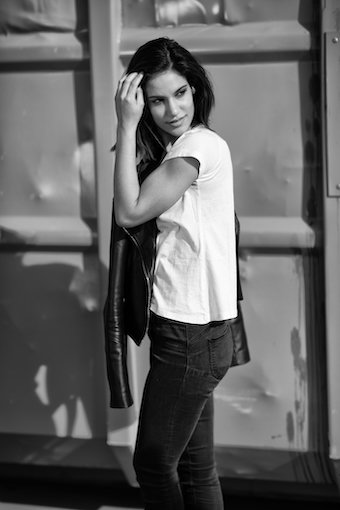Beyond the Camera: 5 Advantages of Black and White Photography
Are you an aspiring photographer and want to try black-and-white photography? Or perhaps you’re just curious why this type of photography is so popular among established photographers.
Either way, I plan on unraveling the mystery for you in this article. Black and white images are beautiful, and there is thought behind opting for them. Monochrome images come with a series of advantages that photographers know how to tap into – and soon, so will you.
The Advantages of Black and White Photos
Without further ado, let’s dive into the advantages of capturing a black-and-white photograph:
Timelessness
To start with, the fact that black-and-white photography has been around since the dawn of the camera makes it impossible to immediately assign a certain era to a black-and-white photograph.
Particularly in the realms of apparel, company logos, automobiles, and architecture, color schemes can and do evolve.
Consequently, datable elements are easy to spot in color images, but may be considerably more elusive in black and white. This particularly applies to landscape photography, yet the same can also be said about portraits.
2. Eliminates Distractions
While it's great to live in a colorful world, there are times when it becomes too much. In particular, when reduced to black and white, a number of visual distractions that are present in color disappear.
In a color portrait, a striking floral pattern might stand out, but when converted to black and white, it's almost hard to see. A striking blue sculpture in the foreground of a cityscape might, for example, become an attractive neutral tone after being converted to black and white.
Color also has the potential to take away from other design elements that should be highlighted, such as texture, lighting, shape, and form. Black and white photography brings out the depth and texture of worn tree bark that is full of subtle features. Color, on the other hand, has the opposite effect and distracts the eye, making it hard to grasp the photo's central message.
By removing any potentially distracting hues, black and white helps keep the viewer's attention squarely on the subject at hand.
3. Sets The Mood and Emotion
When it comes to capturing emotions and atmospheres in photographs, black-and-white shots work like magic. They avoid using a plethora of colors in favor of various black and white tones. Because of this, the contrast between light and dark areas is more pronounced, giving the images a unique vibe.
It's as if ordinary time is transformed into an enduring memory.
Try to visualize a cityscape shot in monochrome with a lone figure. The lack of vibrant hues creates an atmosphere befitting a moment of reflection. The once blue sky, now grey, carries a lot of symbolism.
A monochrome image has a certain emotional resonance. It evokes emotions and conveys stories that bring the visuals to life. In doing so, each photograph becomes a fragment of history and a window into the emotions of the people captured.
4. Encourages Creativity
We can assume that color photography is more accurate and illustrative, since that is how the world is. In contrast to monochrome photography, which merely portrays an alternative reality that appears more imaginative and subjective, color photographs portray the world as it truly is.
To some extent, black and white photography can assist you in liberating yourself from specific limitations.
In a colorless environment, you are not constrained to depict reality as it is. Instead, you are free to depict your observations, which may include intriguing shadows, lovely textures, unexpected relationships, etc.
In the end, removing color means taking away the viewer's familiarity with the image. Now that color is out of the question, how can you grab the viewer's attention? Well, you may be creative, play around, and portray the world in a whole new light.
5. Fixes Lighting Issues
Among the many viable options for dealing with lighting issues in photographs, black and white photography stands out. It does a better job than color photographs at dealing with different lighting conditions.
It draws attention to deep blacks in high-contrast situations, illuminating compositional structures. The mid-range tones are brought out more, making the shifts between grey scales more noticeable.
Through black-and-white conversion, the high-key and low-key possibilities make it an ideal medium for capturing both light and dark images. It is a trustworthy tool for photographers due to its ability to handle a variety of lighting conditions.
It goes beyond being a mere filter, fixing your photos so they look great no matter the lighting conditions, and transforming obstacles into possibilities for artistic brilliance.
Conclusion
These advantages should give you insight into why photographers opt for black-and-white, and how they expect their art to benefit from that. Monochromatic images bring a lot to the table – the emotional side paired with the advantages of lighting and creativity.
If you want some important events from your life captured in black-and-white, or you just want to immortalize a place or a person, contact me and let’s set up your black-and-white photoshoot.
Do you prefer color or black and white photographs? Why? Please let me know in the comments!


